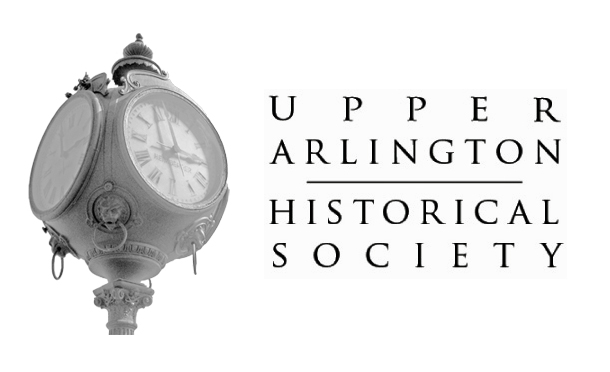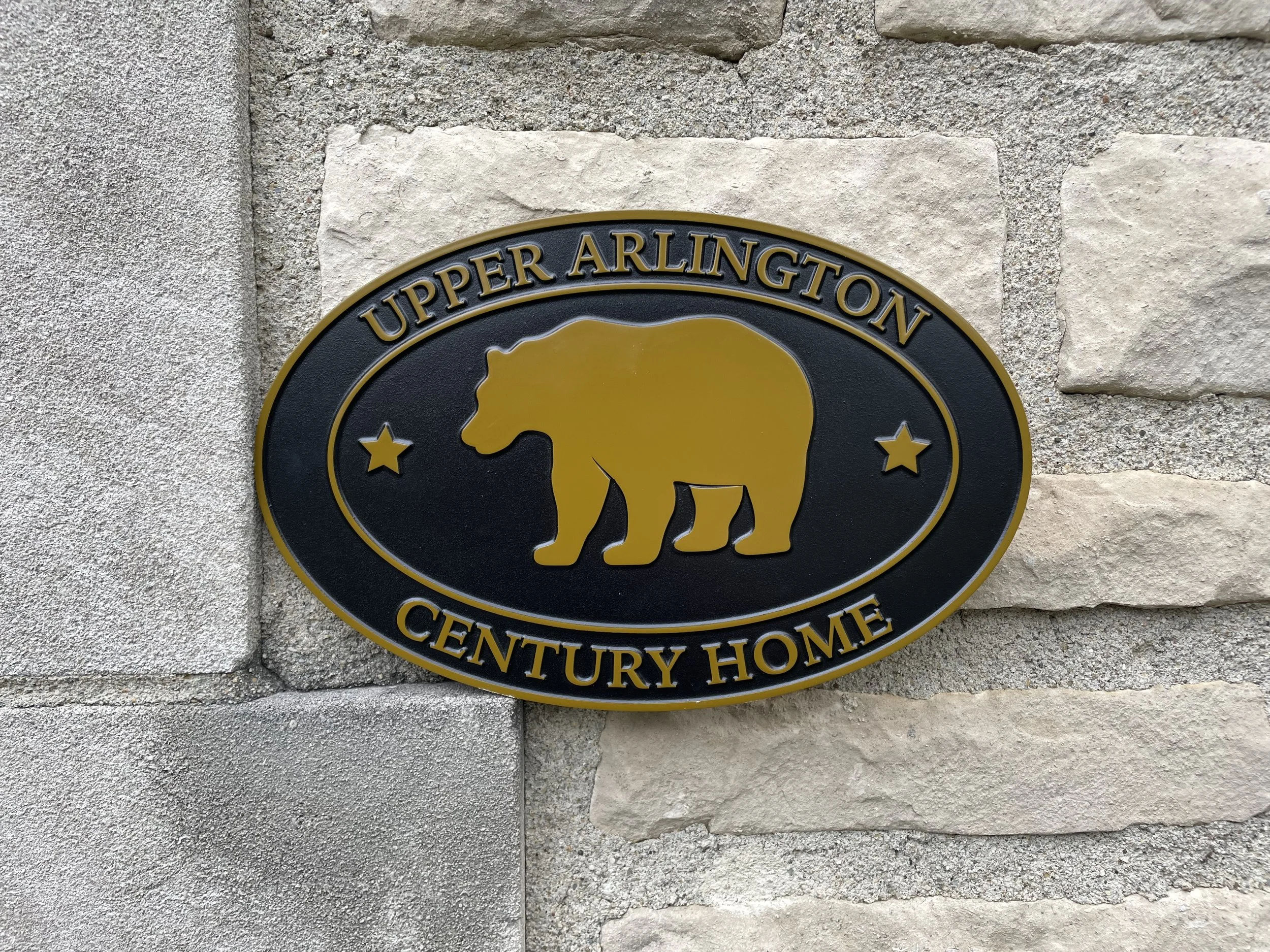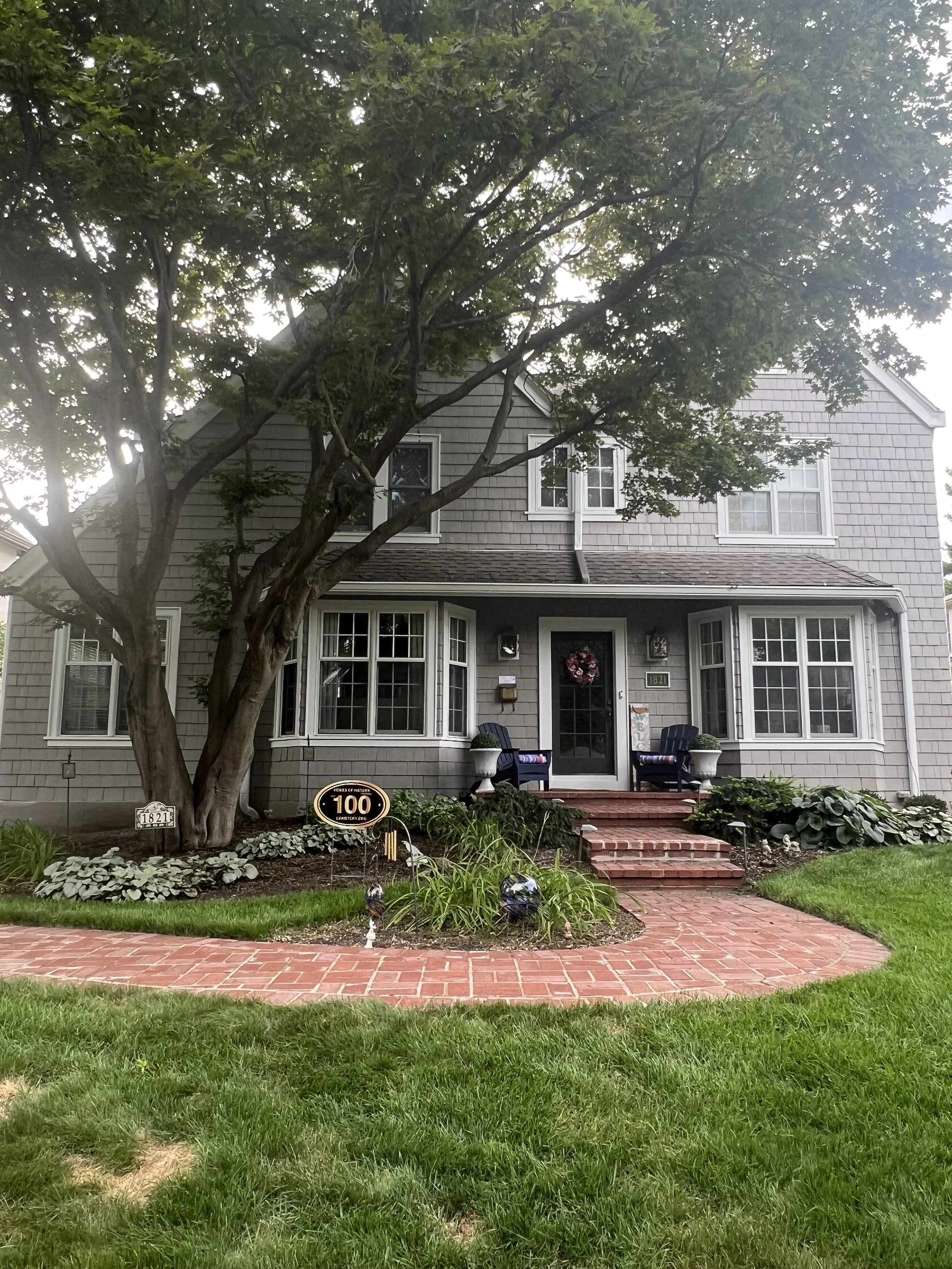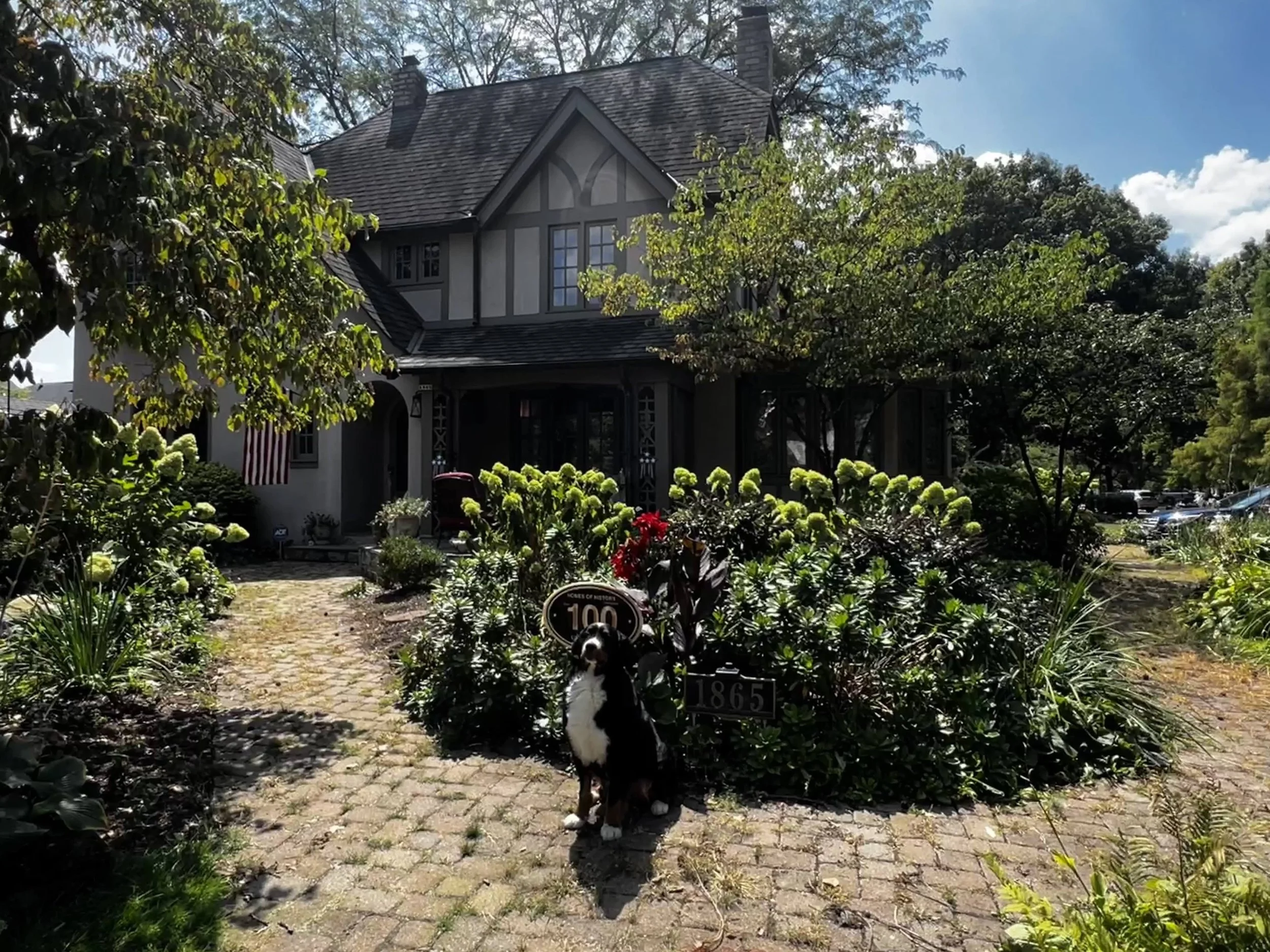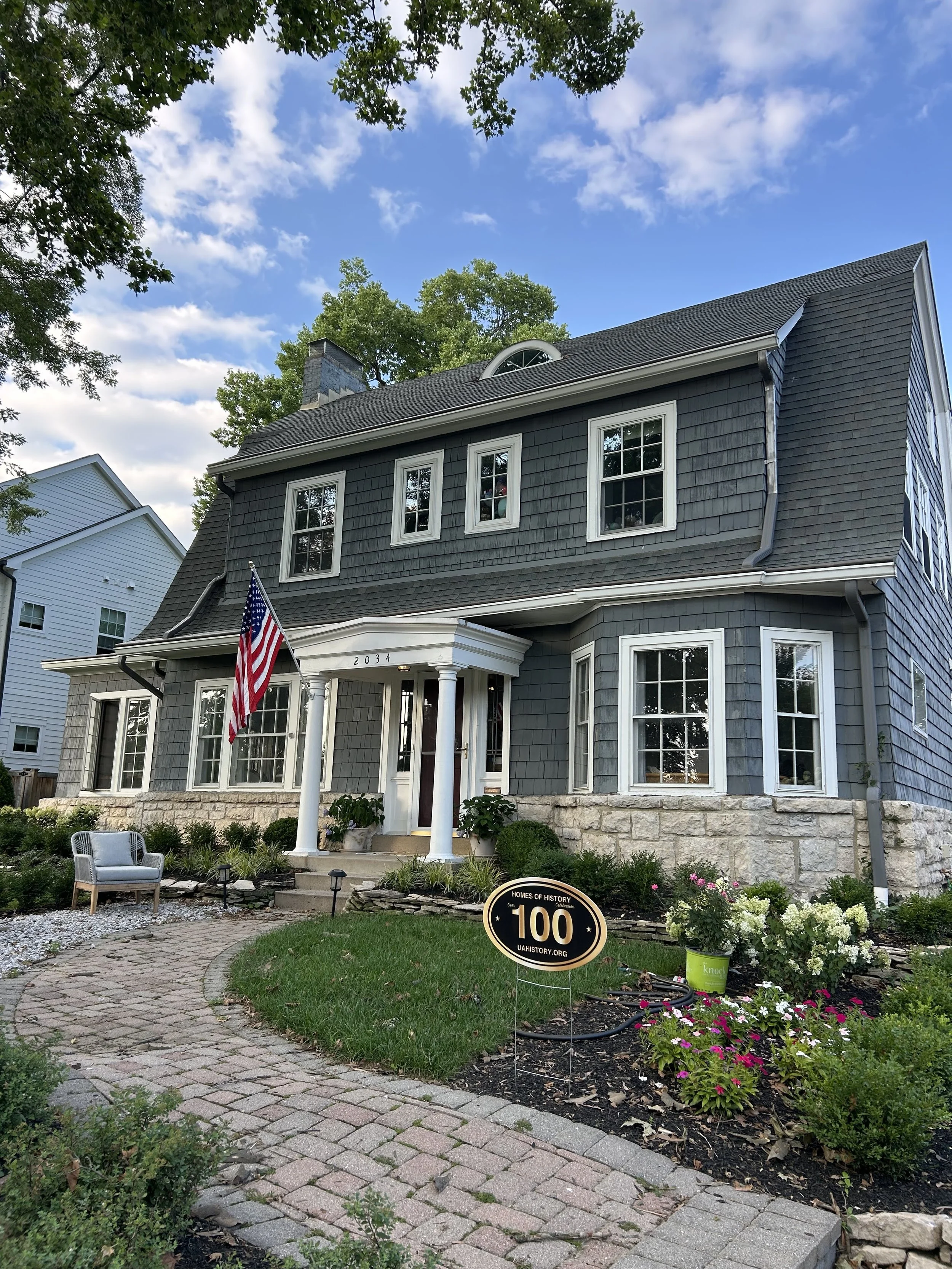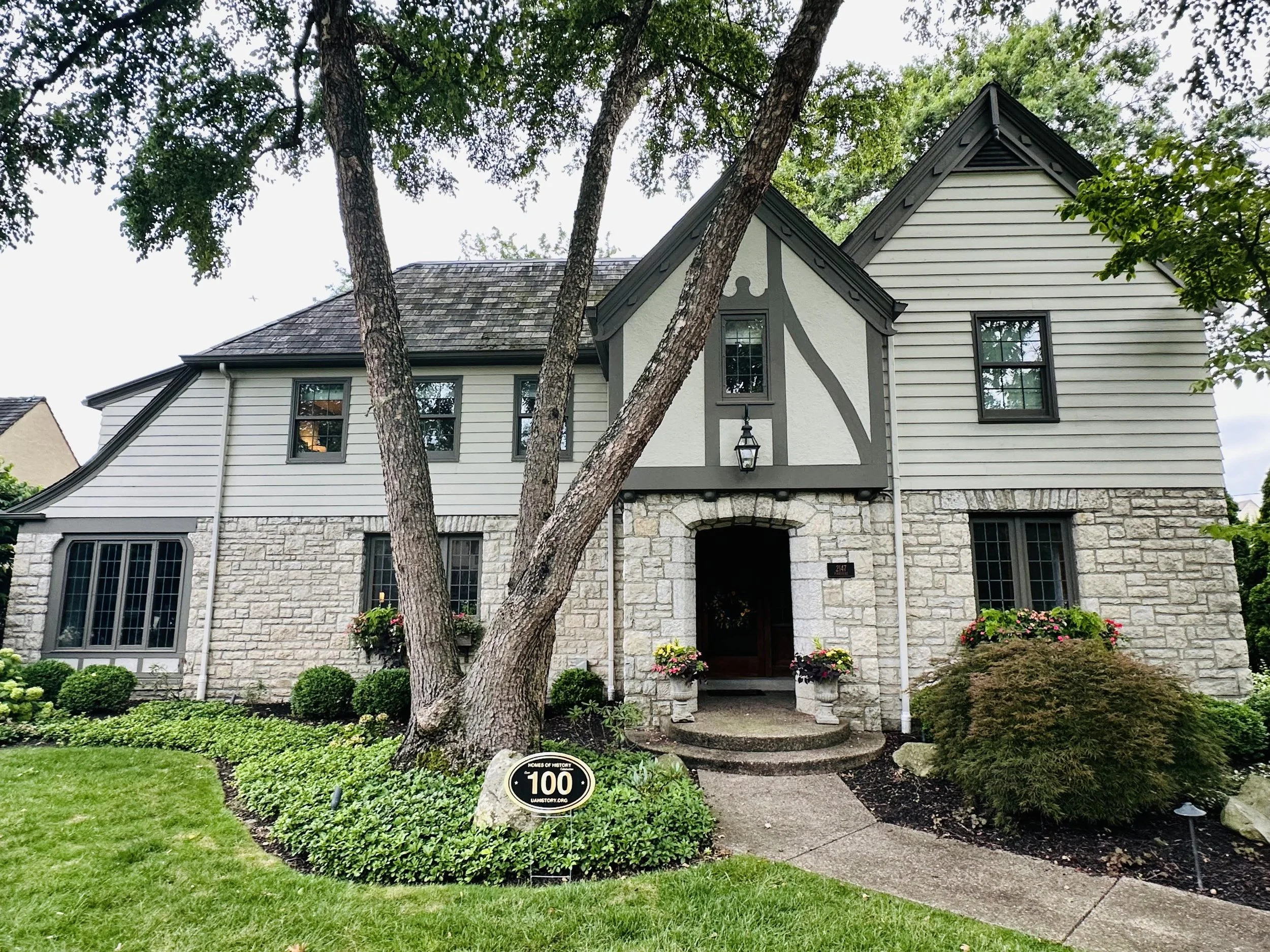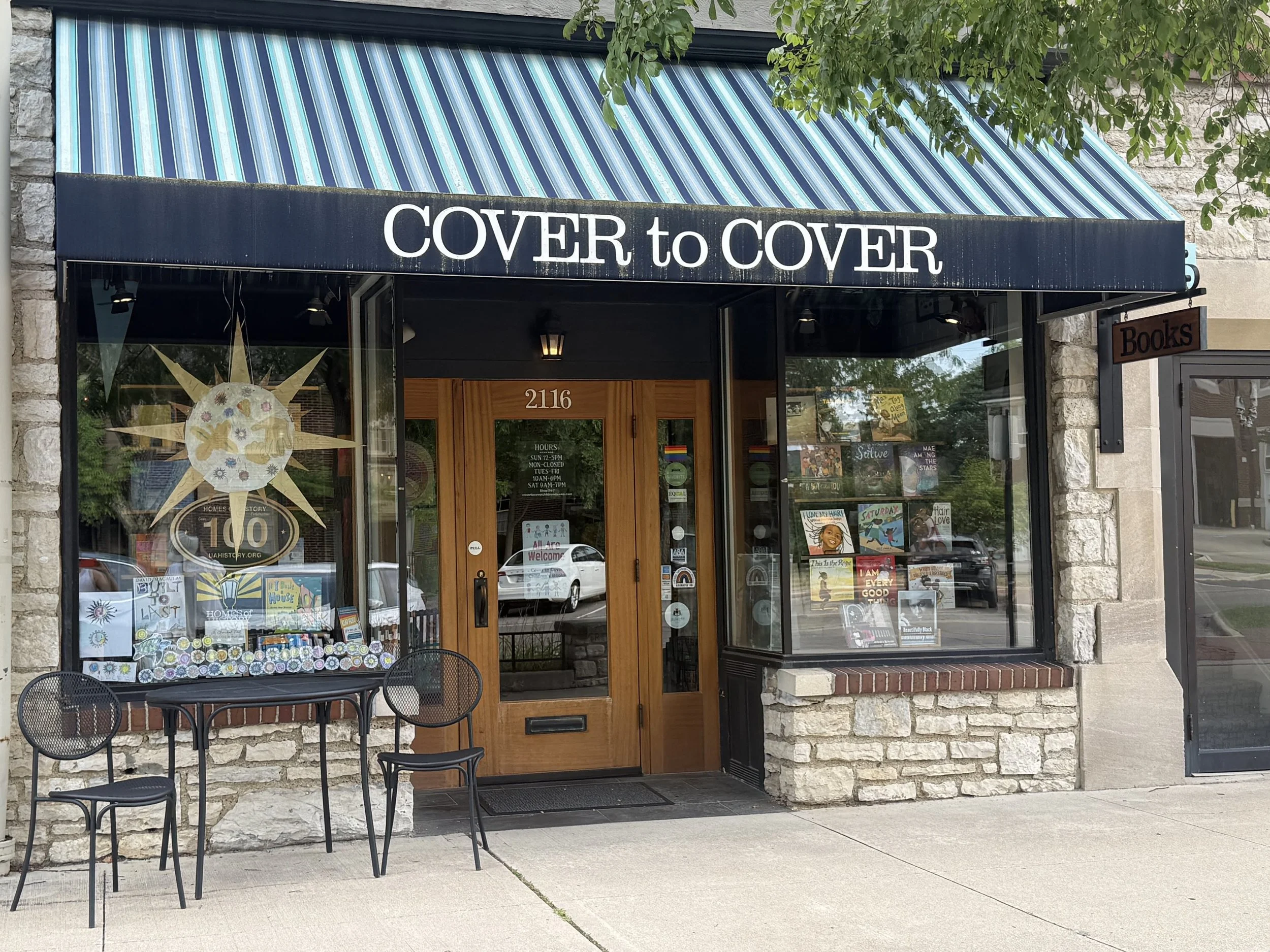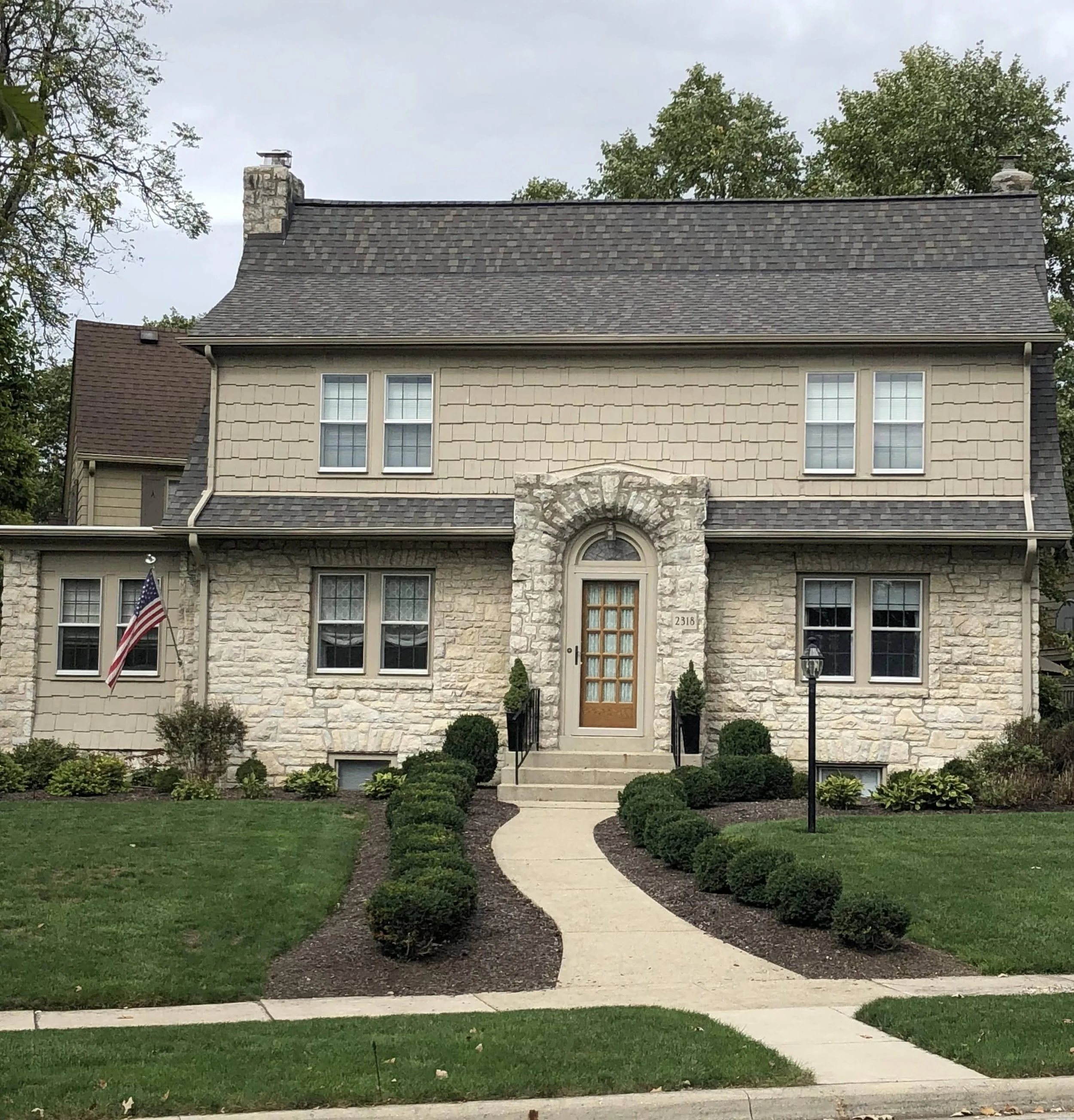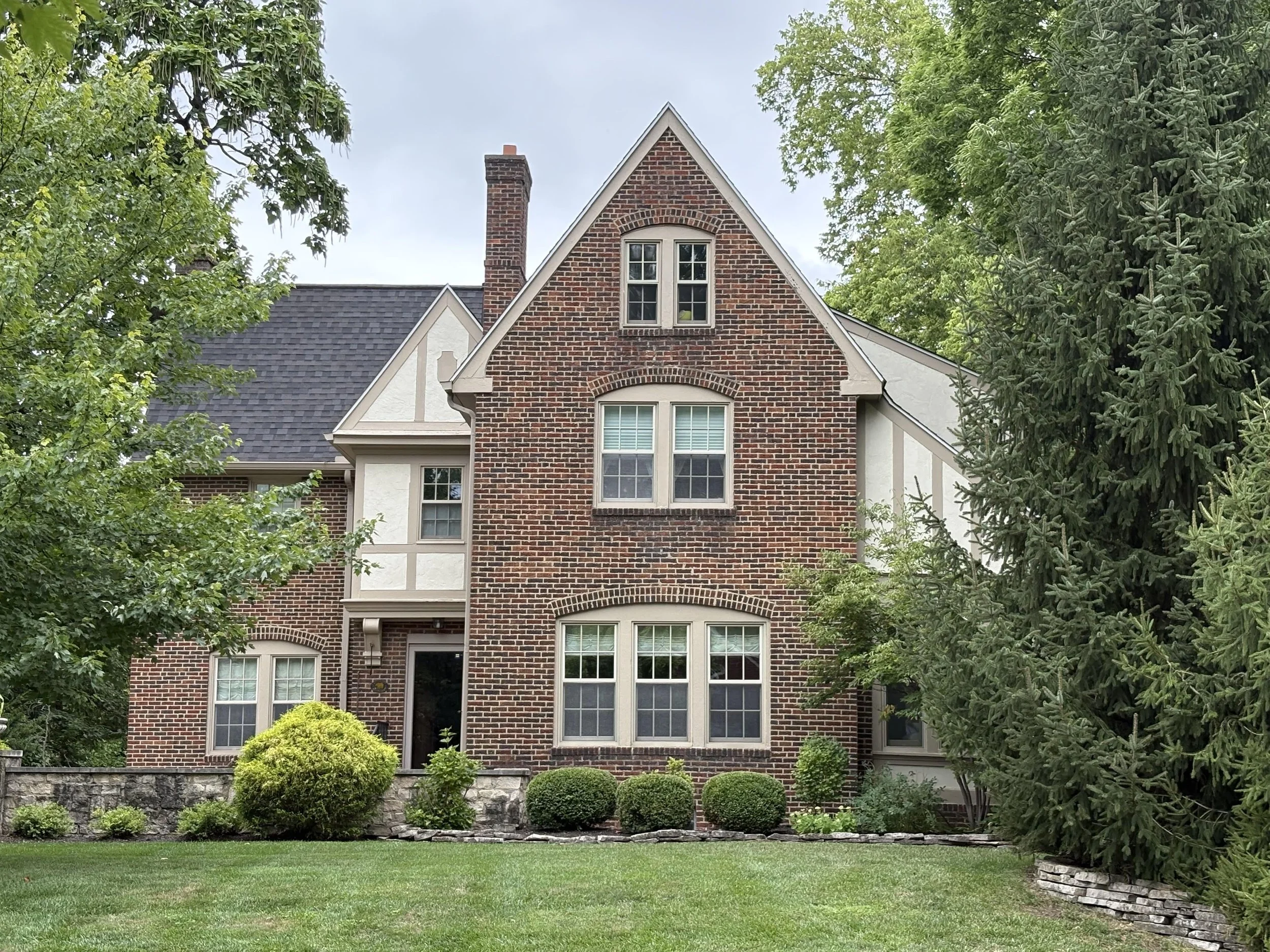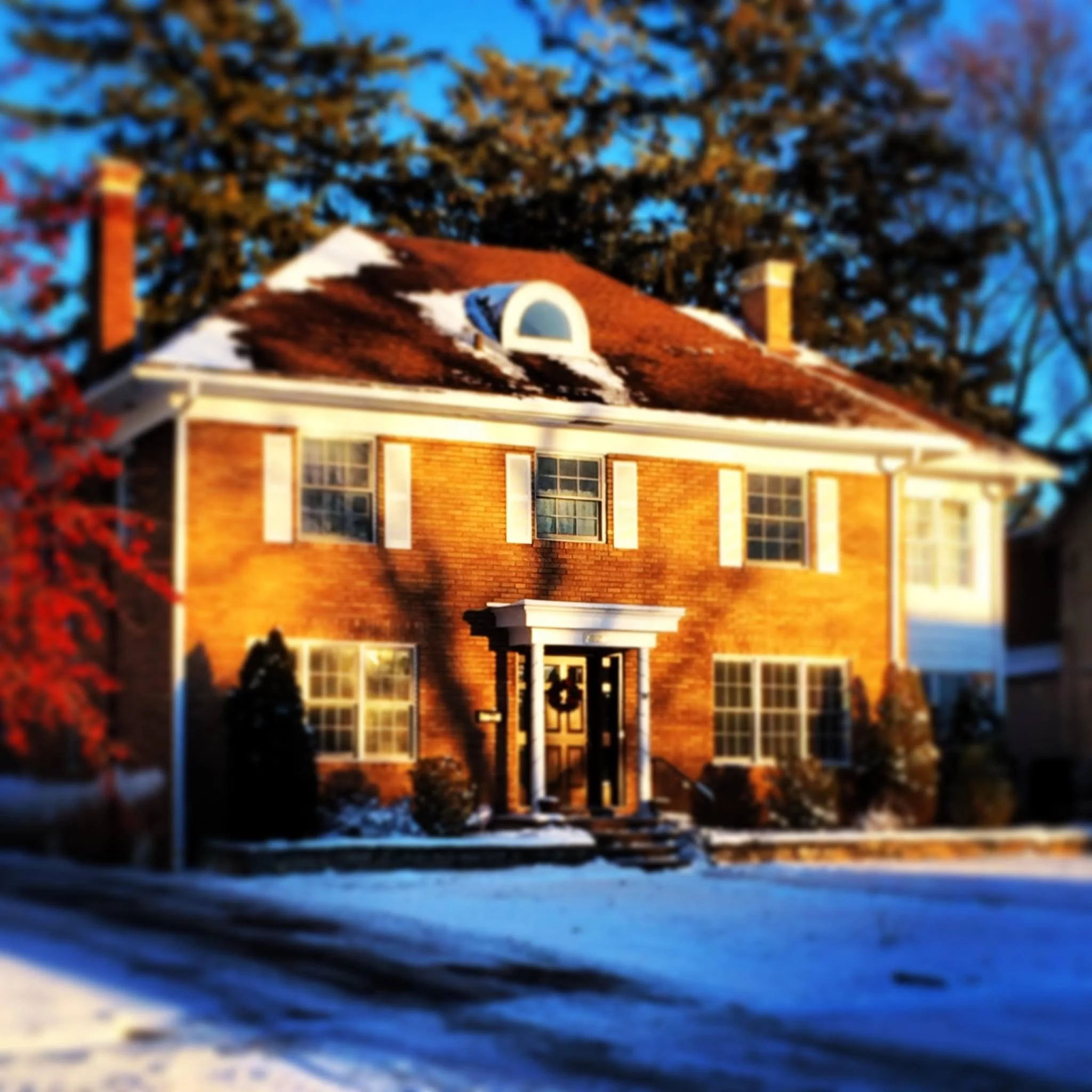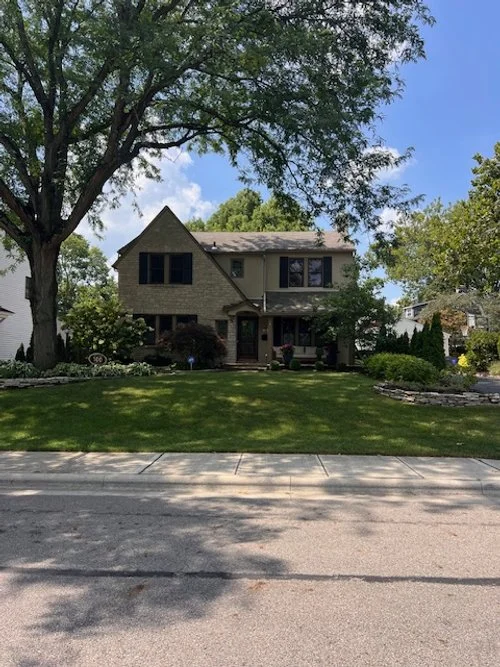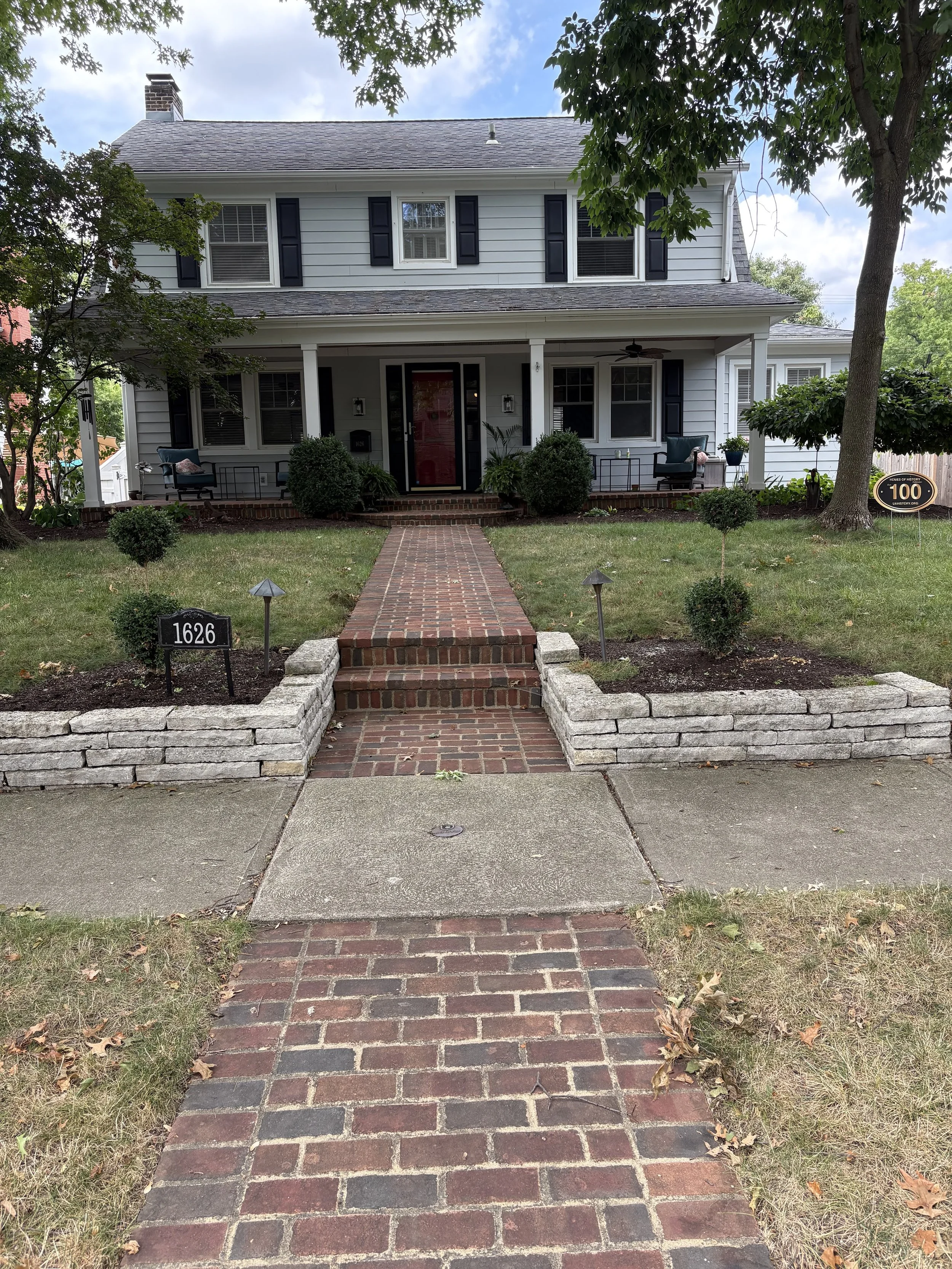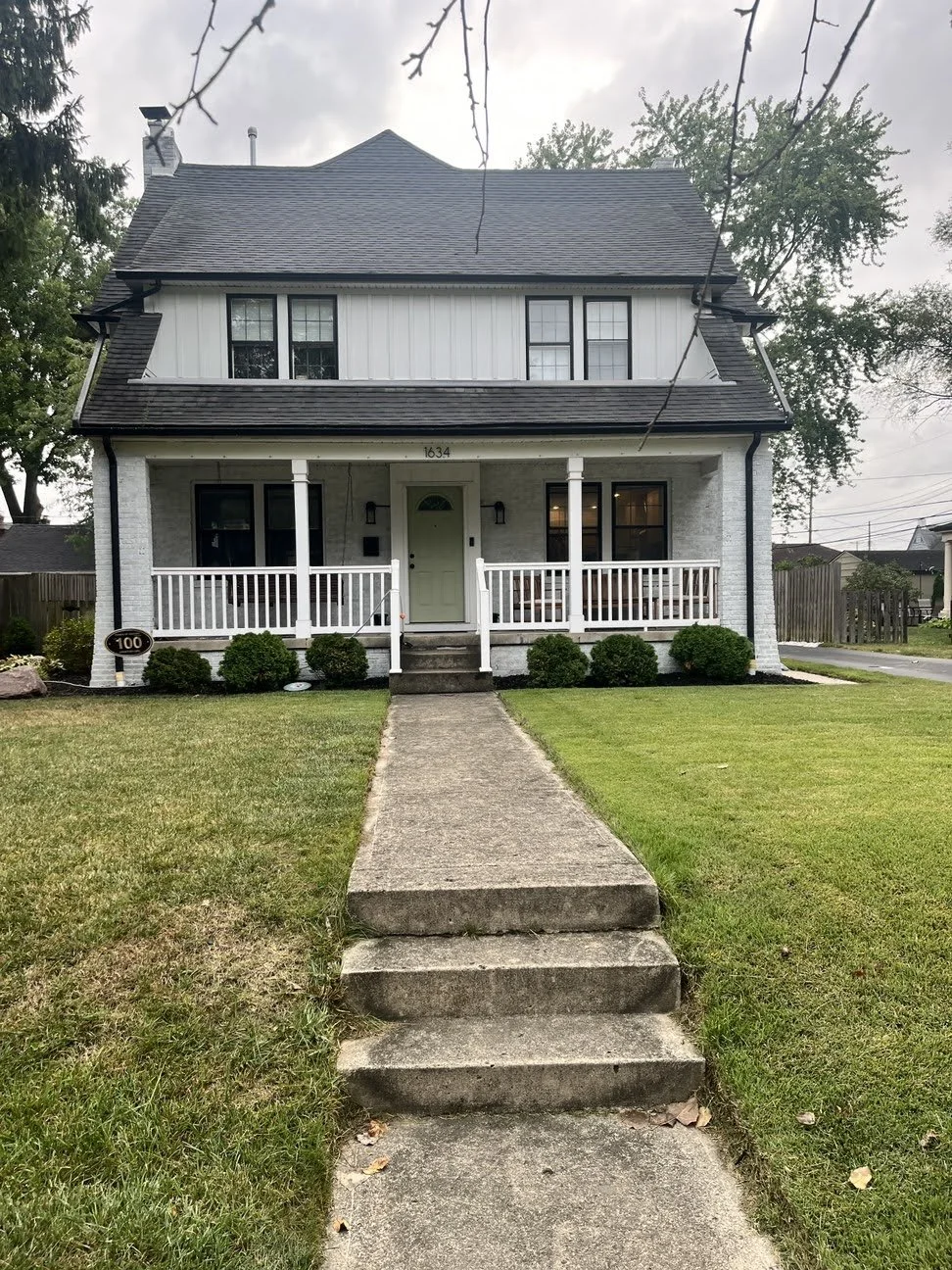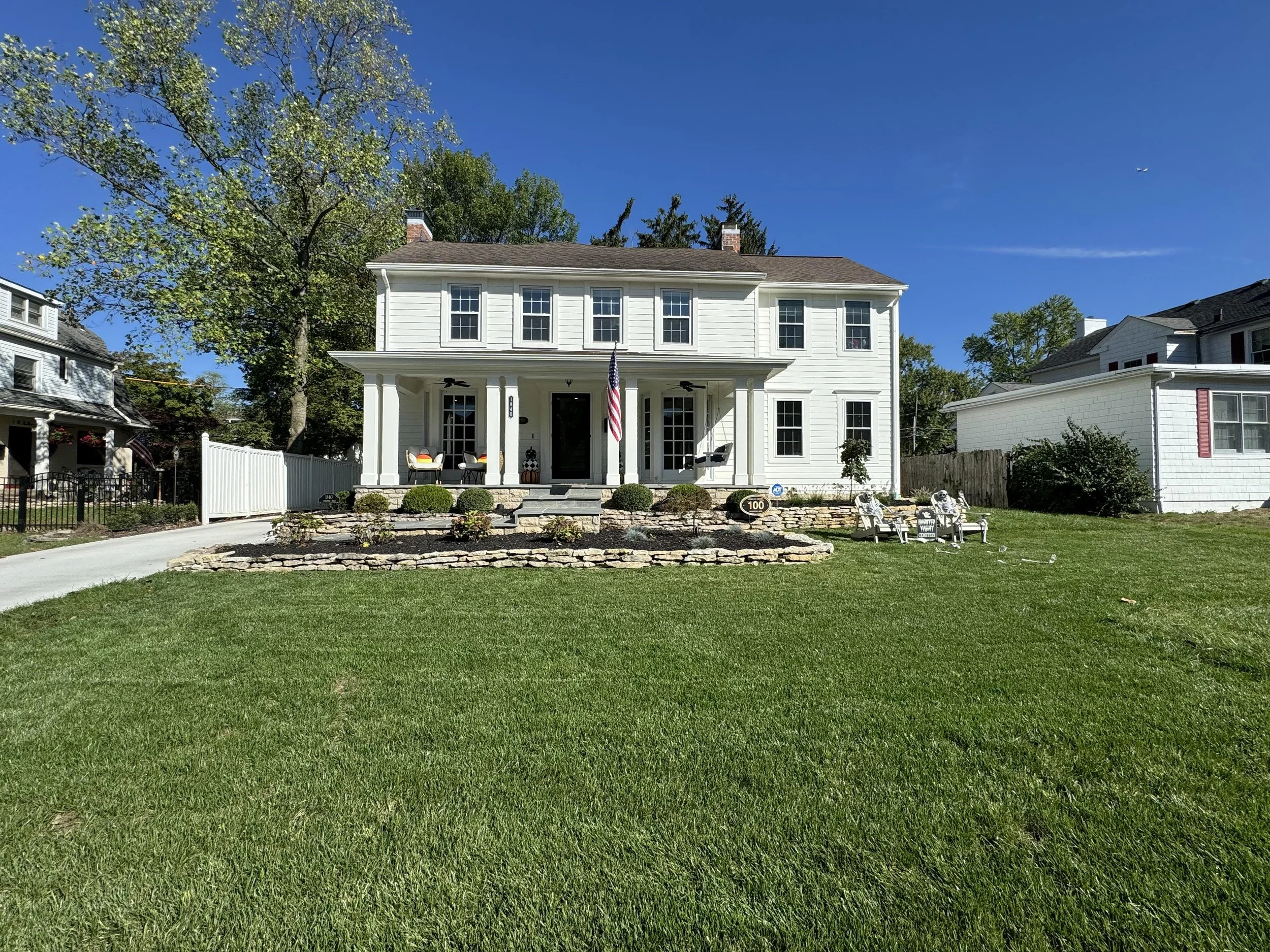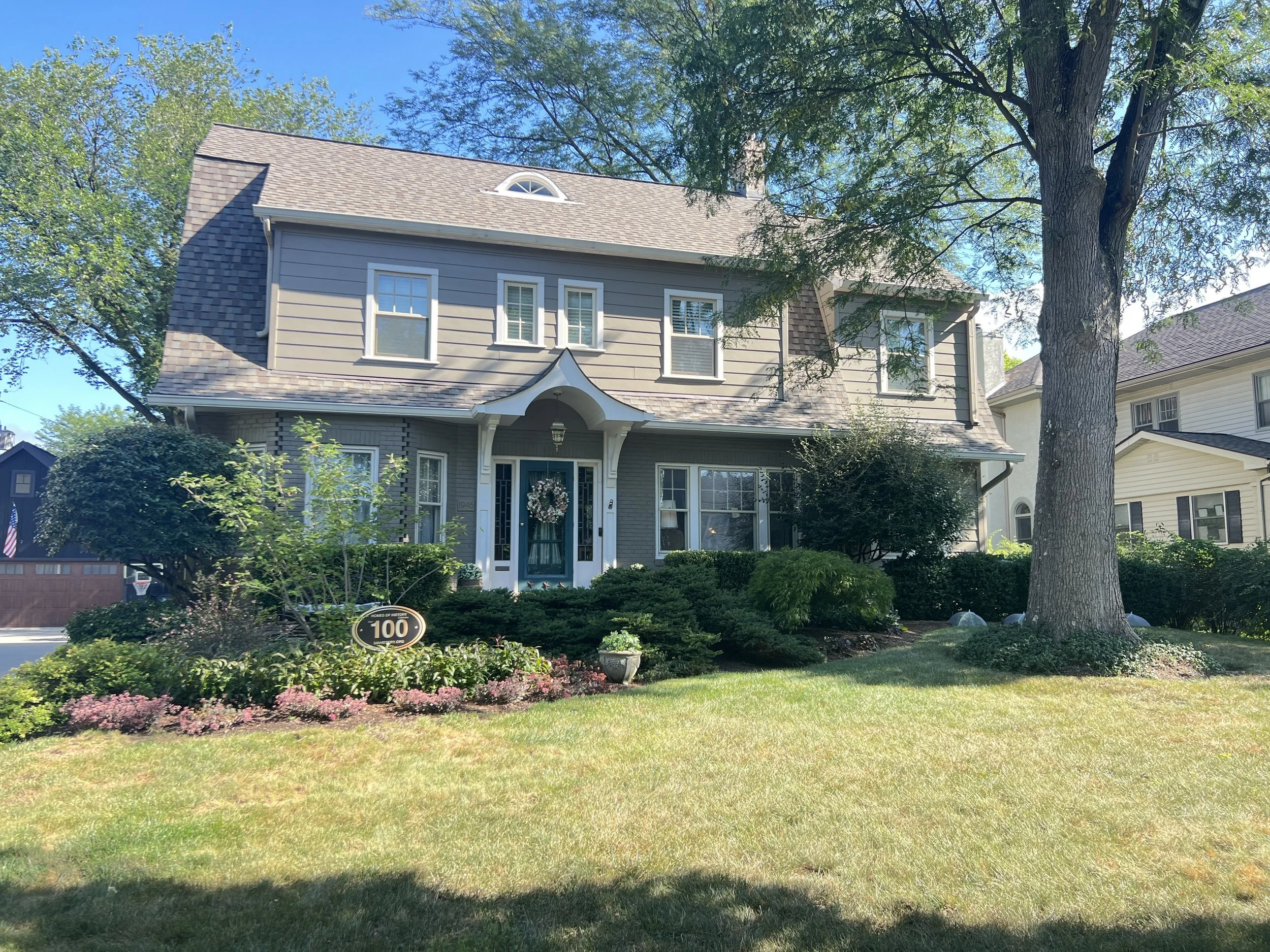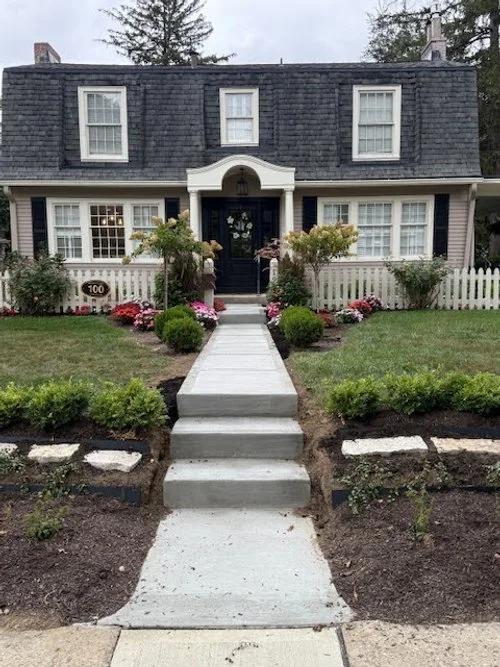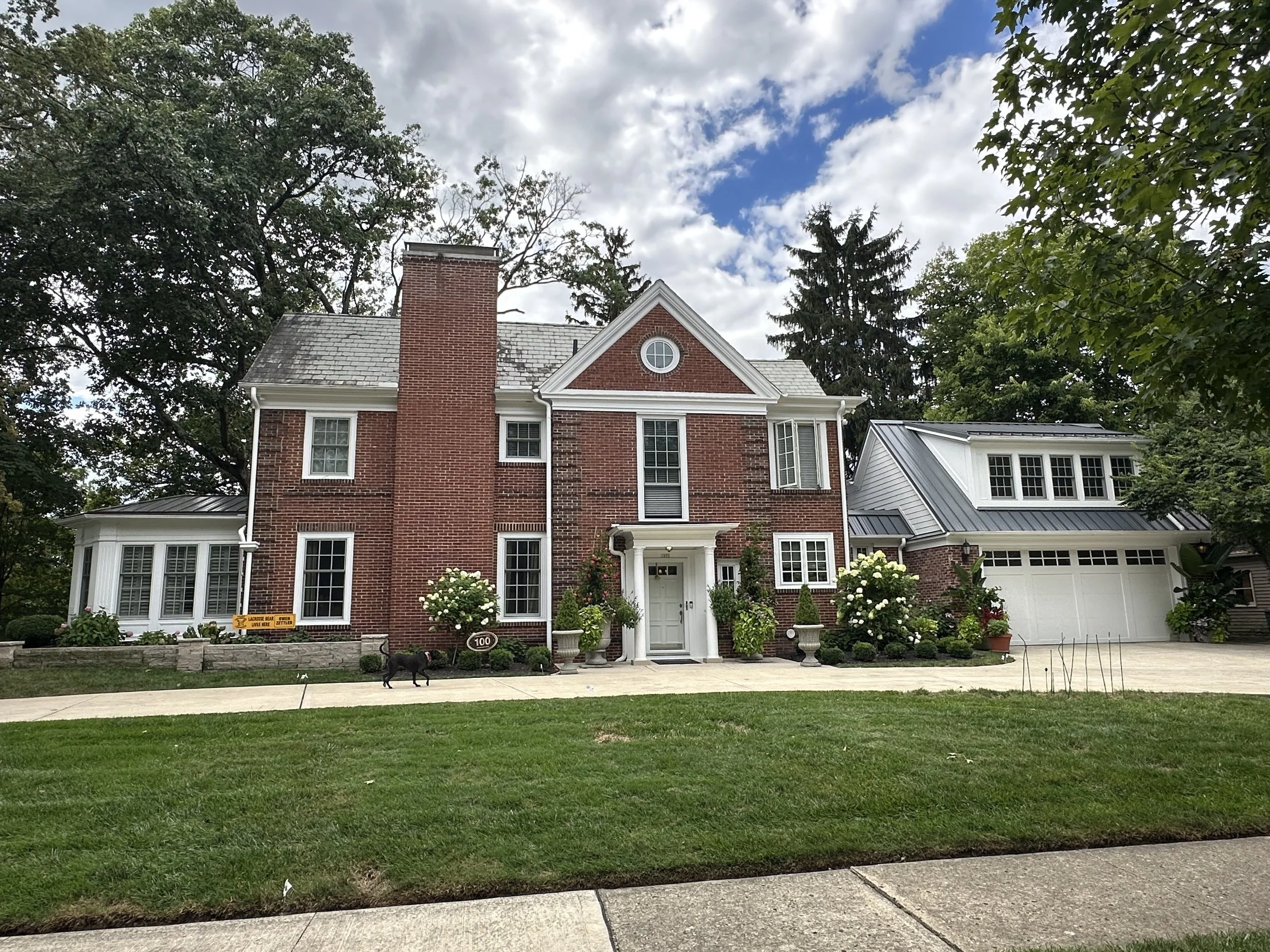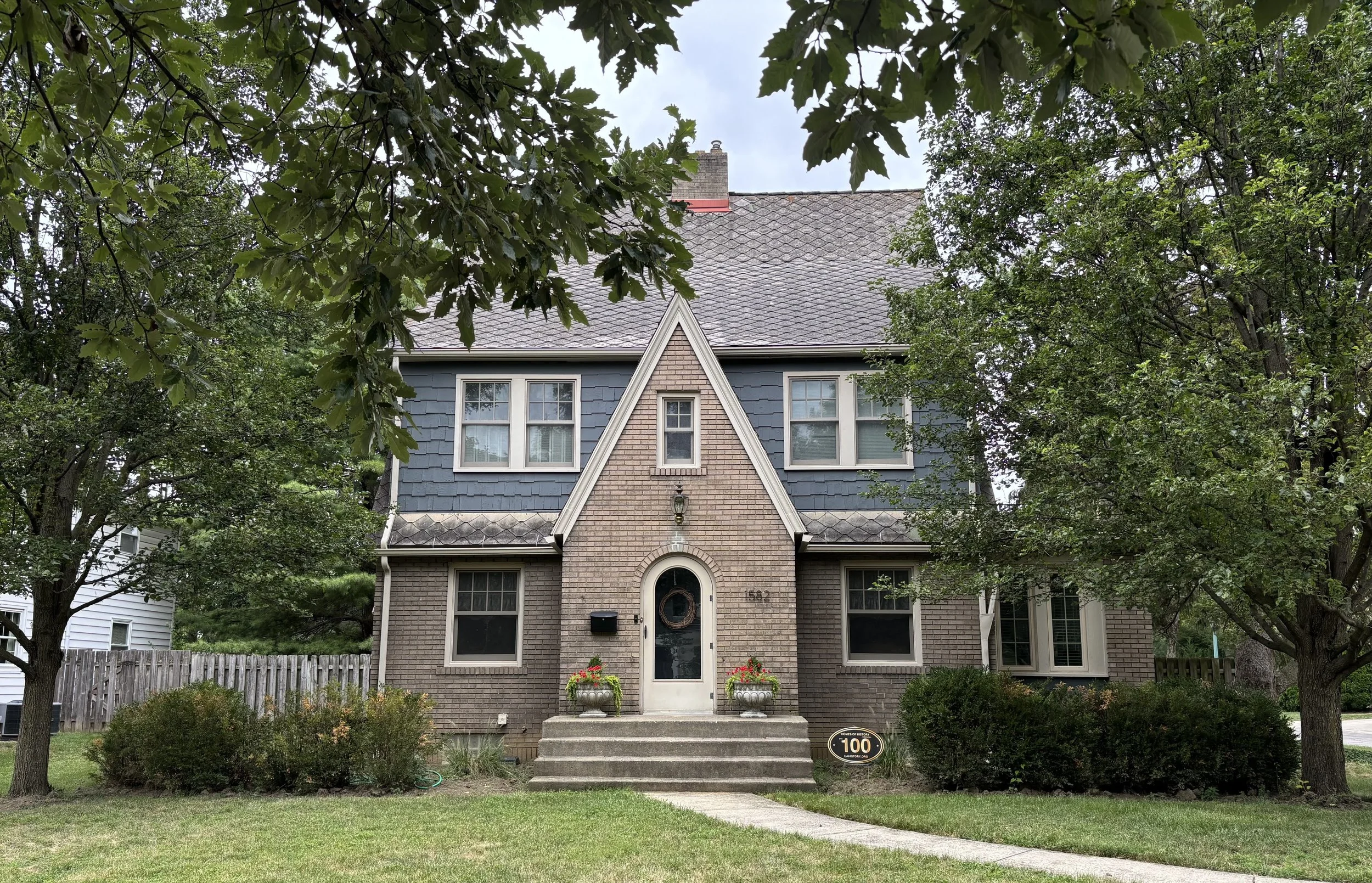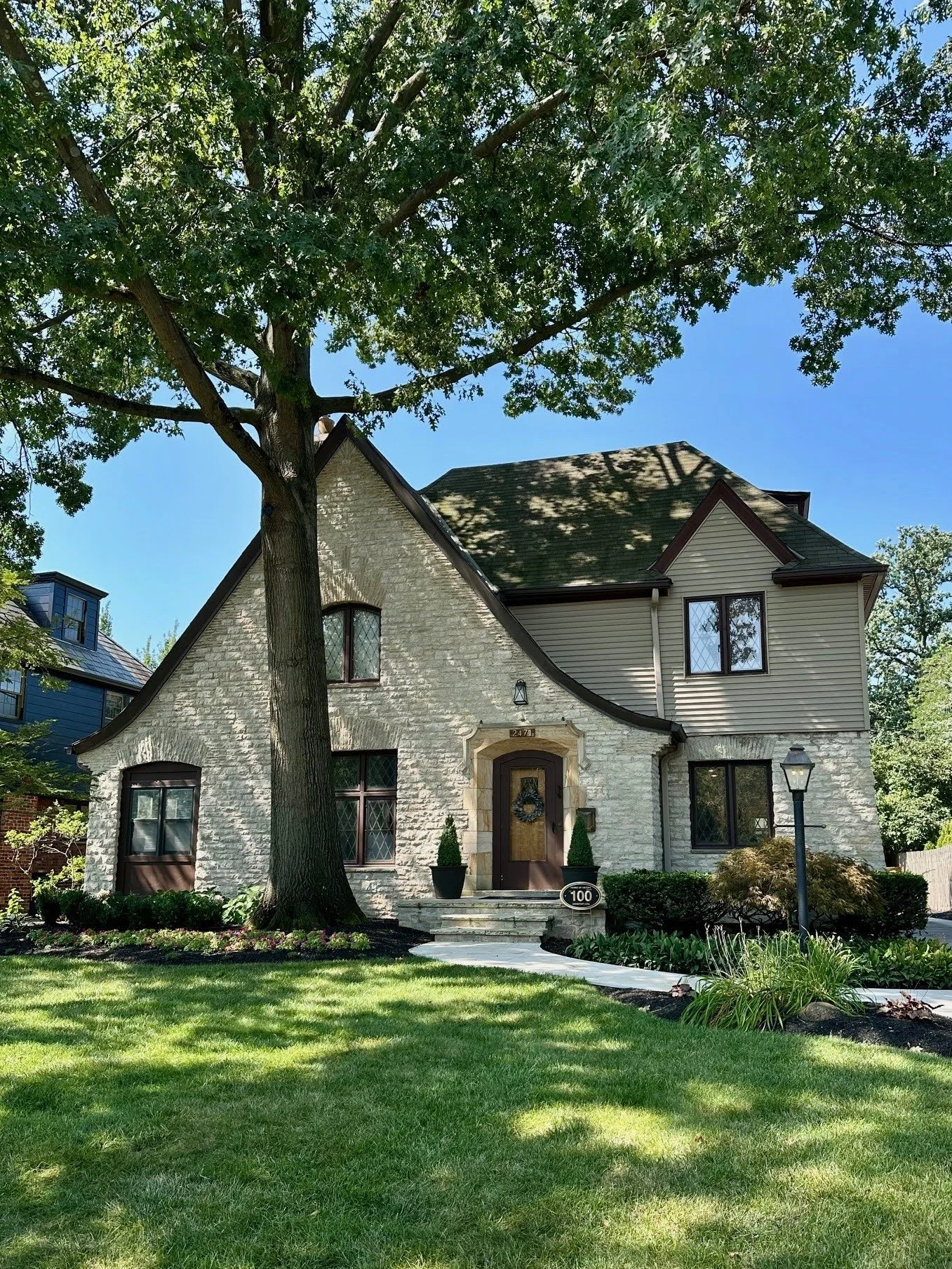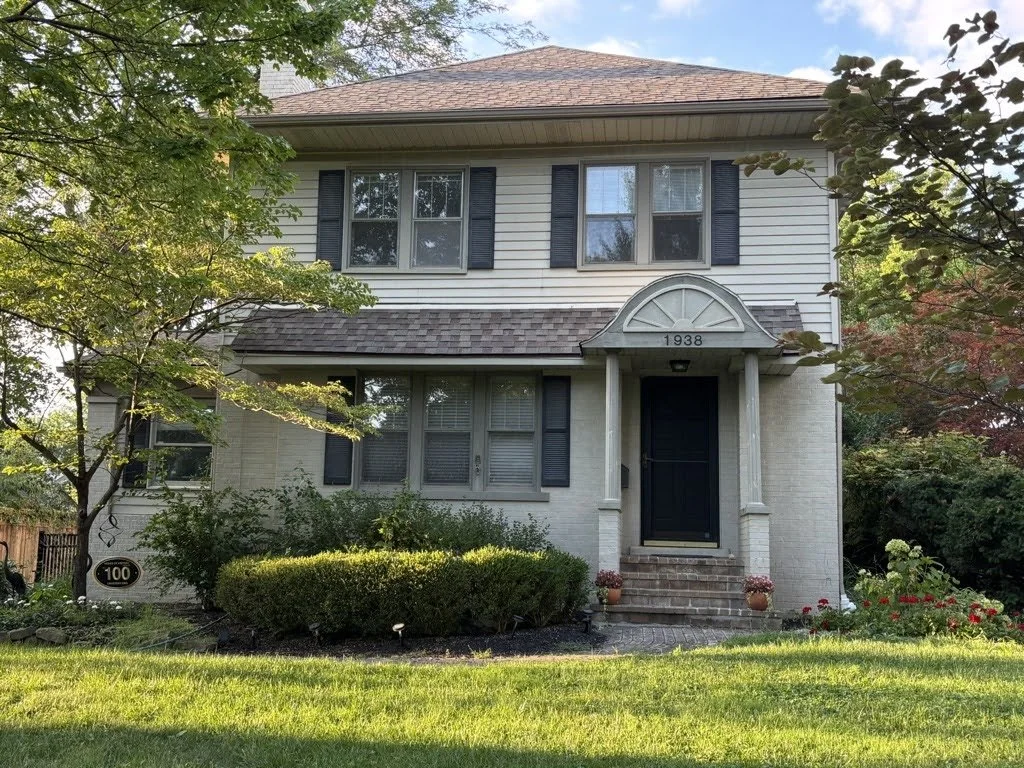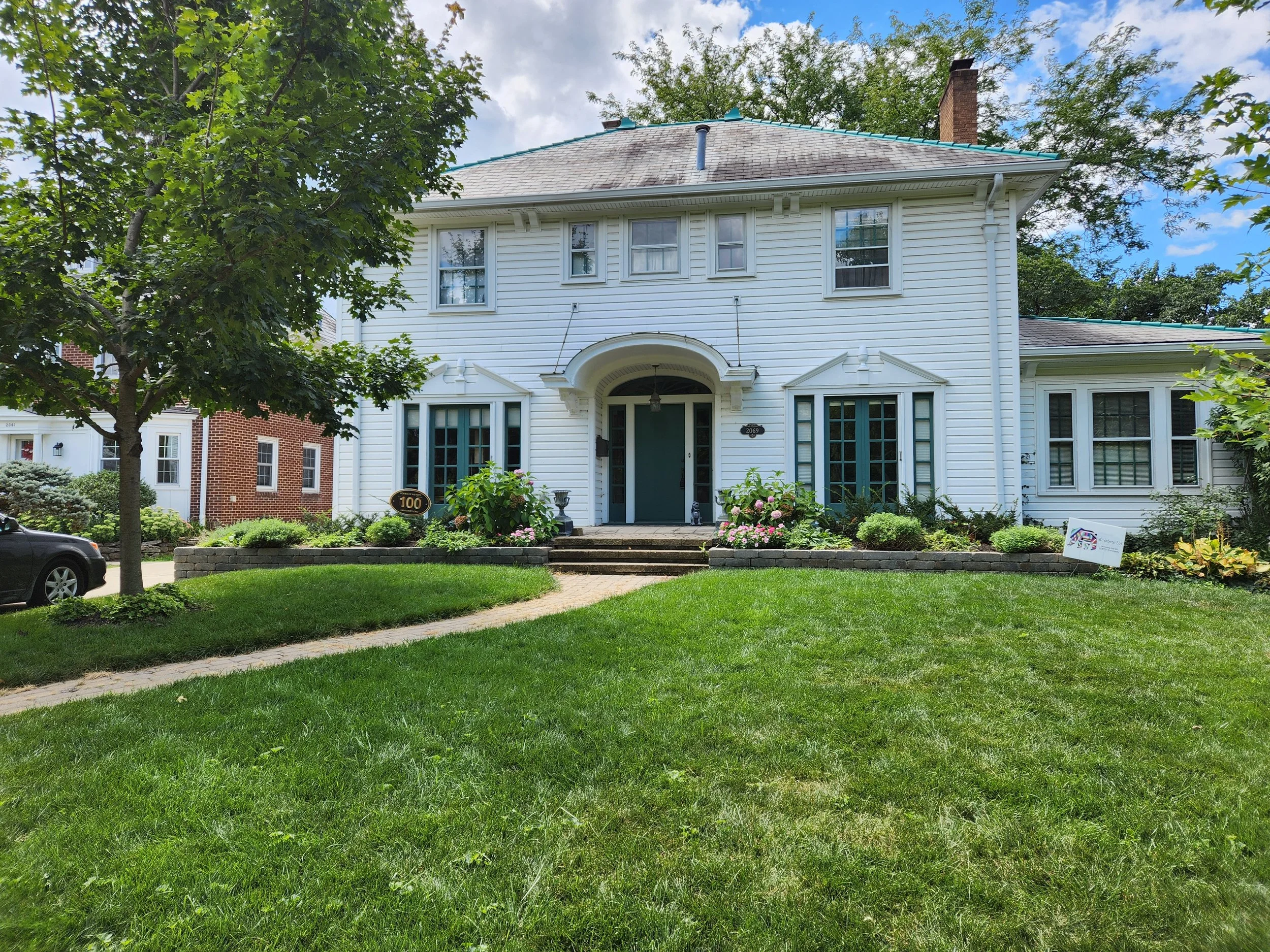Homes of History is a month-long
celebration of our city’s century-old, diverse and fine quality architecture.
* For five years, Upper Arlington has honored our 100+ year-old homes.
* There are approximately 440 century homes in Upper Arlington. Century homes south of Lane Avenue, including those in UA’s Historic District, would generally have been “new builds.” The historic homes north of Lane Avenue once belonged to the people of Perry Township before Upper Arlington annexed those lands.
* Approximately 320 homeowners have participated in our August Homes of History event.
* To qualify, century homes need to retain much of the “look” of their original front exterior facade.
* Upper Arlington’s celebration has sparked communities like Bexley and Grandview Heights / Marble Cliff to create their own century home events.
More information on our next event coming Spring of 2026! Newly-eligible homeowners will be contacted by early summer 2026. For questions, please email info@uahistory.org.
can you find the permanent century home markers?
In addition to our August event, century homeowners have the option to purchase a metal marker to affix to their home or front wall to continue the celebration all year-long! You can find these using this interactive map.
